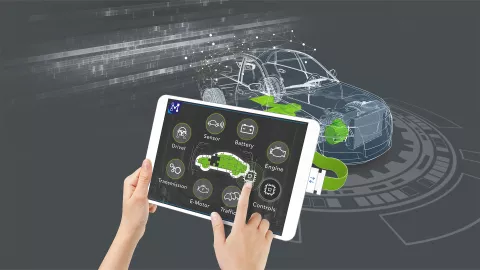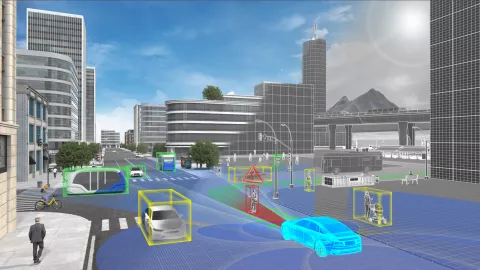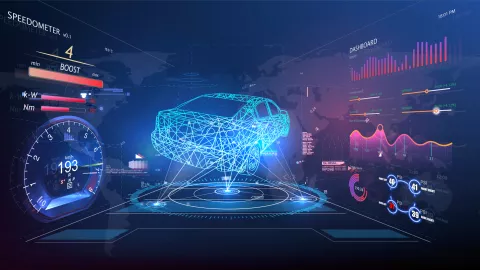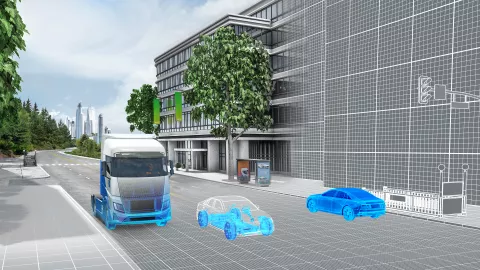Model.CONNECT is designed to couple different simulation tools and models. The software analyzes models and displays the input and output signals (I/O signals) in the user interface. In the next step, you can connect the signals yourself or the connections can be defined automatically in the connection wizard or through the programming interfaces (API).
Once the co-simulation setup is prepared, the simulation can be executed.
Model.CONNECT includes multiple coupling mechanisms and co-simulation engines to ensure optimal integration flexibility and simulation performance. Patented signal stabilization algorithms enable even better simulation performance and quality of results. The job management system supports sequential and parallel execution on a local machine or in cloud computing clusters.
Global parameter variations for optimizing any model parameter in the overall system context can be performed and evaluated with just a few clicks.
Thanks to the extensive scripting support, all tasks can be automated and integrated into fully automated test pipelines (CI/CD).



With the help of Model.CONNECT™, we can design our entire platform of simulation models in a modular way for co-simulations and thus gain significant flexibility. For our research, we can therefore build on our existing know-how and develop complete models even more efficiently.
– Maximilian Stumpp, Research Associate, Institute for Combustion Engines and Vehicle Drives (VKM), TU Darmstadt
Model.CONNECT™ Product Sheet
DownloadAVL White Paper - How to Maximize the Efficiency of ADAS/AD Development and Validation Using Simulation
The introduction of advanced driver assistance systems has become an important innovation driver. Safety constraints, emission legislations, driver comfort and short development times are the most important challenges for car manufacturers and suppliers alike. Discover in our white paper how to maximize development efficiency, saving time and money, by our open and integrated model based development approach.


















